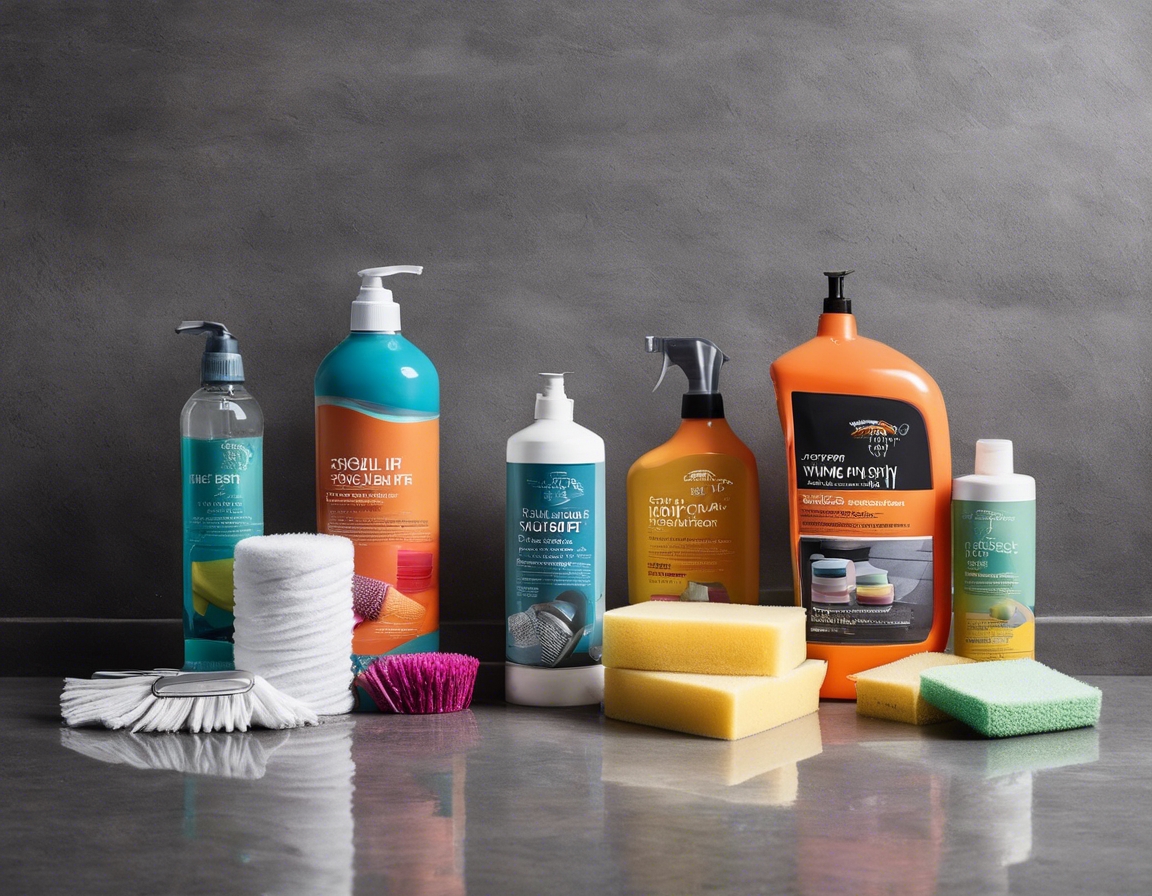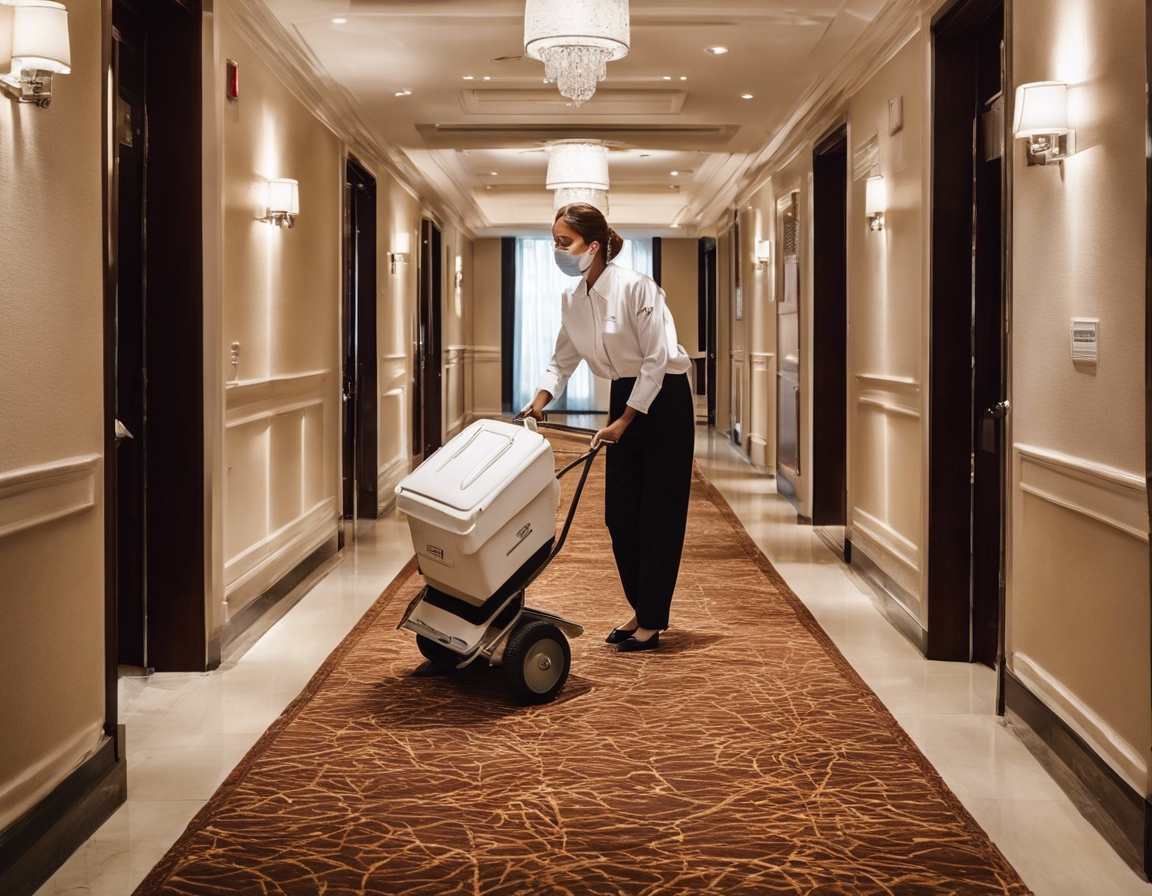The ultimate guide to choosing protective gear for cleaners
The cleaning industry is fraught with potential hazards ranging from chemical exposure to physical injuries. Ensuring the safety of cleaning professionals is not just a regulatory requirement but a moral imperative. Protective gear plays a crucial role in mitigating risks and safeguarding workers.
Cleaners may encounter various hazards, including biological, chemical, and physical dangers. Identifying these risks is the first step in selecting appropriate protective equipment.
Identifying the Right Protective Gear
Head and face protection gear, such as safety goggles and face shields, protect against splashes and impacts. Choosing the right level of protection is essential for tasks involving hazardous chemicals or flying debris.
Gloves are indispensable in the cleaning industry, with options ranging from disposable latex to heavy-duty rubber. Skin protection also includes barrier creams and protective clothing to prevent contact with harmful substances.
Respirators and masks shield the respiratory system from dust, vapors, and pathogens. Selecting the correct type based on the exposure level is critical for health and compliance.
Aprons, coveralls, and full-body suits offer varying degrees of protection against spills and contaminants. Material choice and coverage area are key considerations.
Safety footwear, such as non-slip shoes and steel-toe boots, is vital for preventing slips, trips, and falls, as well as protecting feet from heavy objects.
Factors to Consider When Choosing Protective Gear
The materials used in protective gear should be chosen based on the type of hazard and the environment. Durability is also a factor, as it affects the lifespan and cost-effectiveness of the gear.
Comfortable and well-fitting gear is more likely to be worn correctly and consistently. It also reduces the risk of accidents caused by loose or cumbersome equipment.
Protective gear must meet specific safety standards to ensure adequate protection. Familiarity with regulations such as OSHA or CE marking is important for compliance.
Reusable gear can be more cost-effective and environmentally friendly. However, it requires proper maintenance to ensure continued effectiveness.
Maintenance and Care of Protective Gear
Regular cleaning and proper storage are essential to maintain the protective qualities of gear. This includes following manufacturer guidelines and inspecting gear for damage.
Protective equipment should be regularly inspected for wear and tear, and replaced as necessary to ensure ongoing protection.
Training and Awareness
Training is crucial to ensure that cleaning professionals know how to use protective gear correctly. This reduces the risk of improper use and enhances safety.
Encouraging a culture of safety within an organization leads to better compliance and a safer work environment. This includes regular safety briefings and open communication about hazards.





Comments (0)